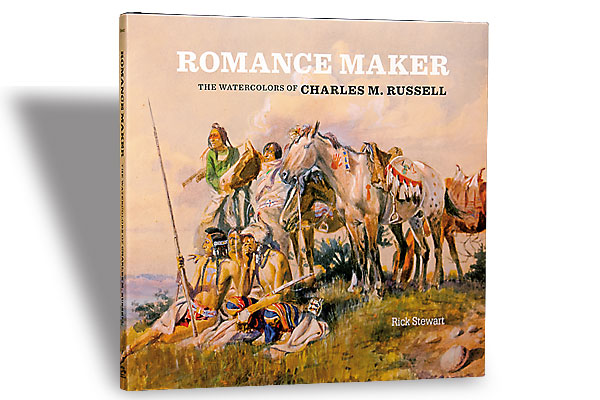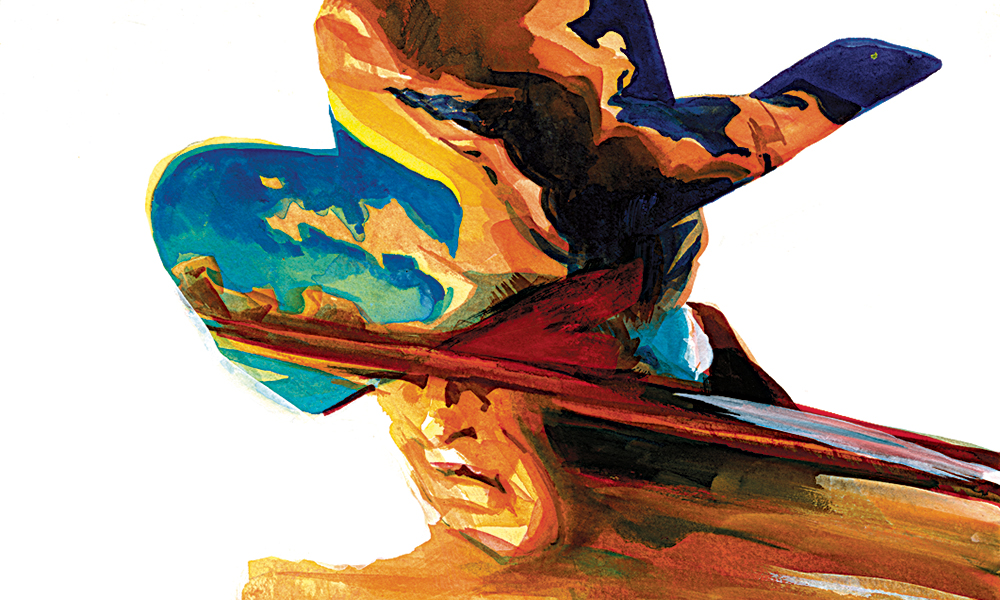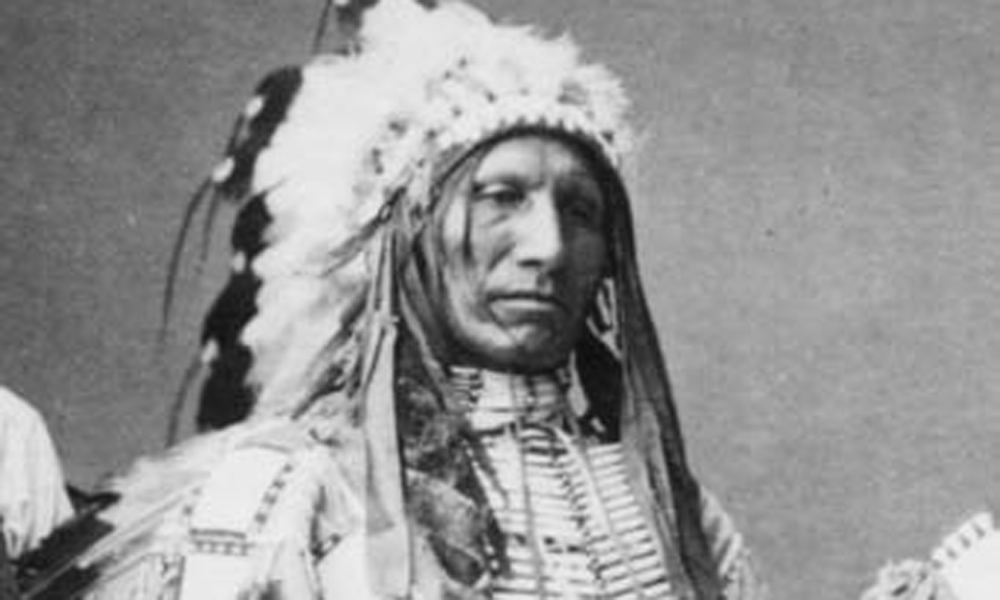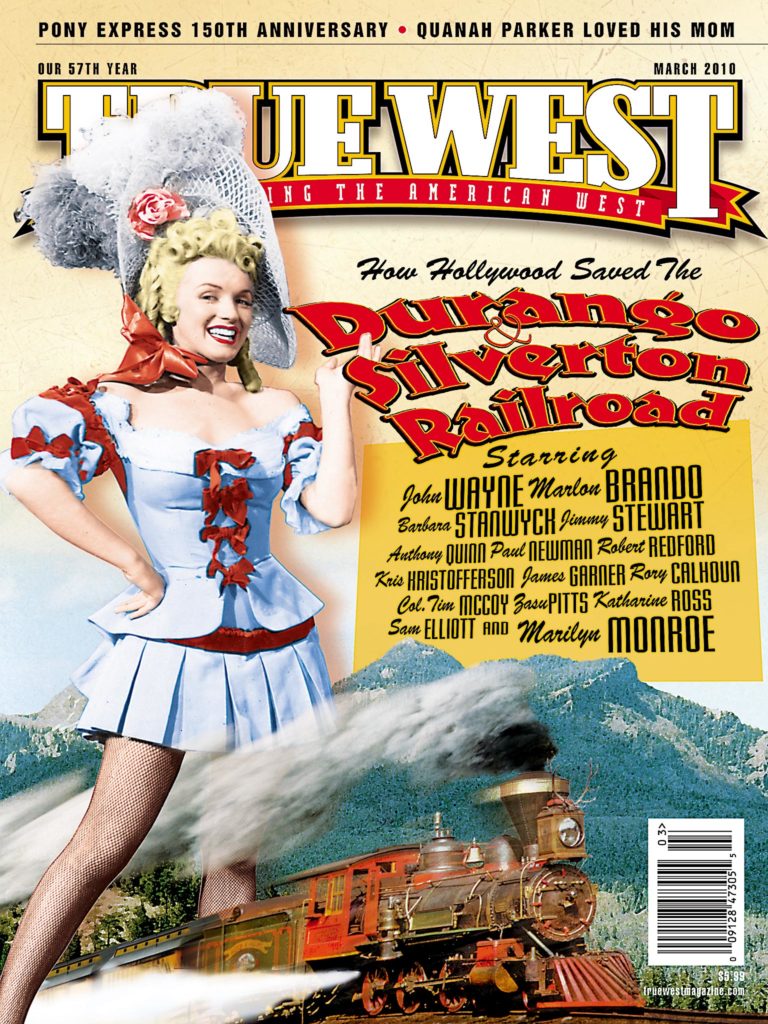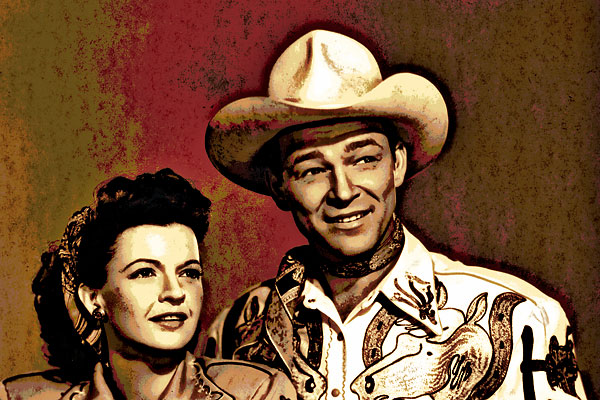
The West was won from the back of the horse. Mounted conquistadors easily subdued American Indians initially terrified by the strange beast. The term “Comanche Moon” references September raids by Comanches into Mexico for horses in the 1700s. Spanish horses quickly reached the Northern Plains and transformed the lives of nomadic Indians living there. The U.S. Cavalry, horse-drawn wagon trains and cattle herded by mounted cowboys pushing cattle across the prairie effectively ended the nomadic ways of Indians within 80 years.
In effect, the West would not be the West were it not for the horse. It is only fitting that, absent official recognition of its historic and cultural importance, contemporary Westerners often wear a horse on their backs—or on their wrists, around their waists, from their ears, or on their feet. Take a look at your wardrobe and accessories. If you dress Western, you probably have something bearing the image of a horse—whether it’s a brand logo embroidered on the chest or a design element on a piece of jewelry.
Artistic tributes to the grace, power and beauty of the horse permeate Western culture dating back to the Lascaux cave images drawn 16,000 years ago. Horse art and motifs on contemporary Western apparel are direct descendents of that legacy. The earliest horse art was likely an attempt to capture the spirit, strength and beauty of horses; wearing clothes bearing horse images echoes that desire. Whether it is the Indian pony interpreted by designer Patricia Wolf on her leather vests, jackets and skirts, or the sleek silver Mustang head depicted on a bracelet by Eimer Design, the presence of horses on clothes and accessories imbues the wearer with the spirit and the aura of the horse.
However vividly or subtley you want to declare your affinity for horses, you’ll find every which way to express yourself in nearly every category of Western wear and accessories. Judy Wagner, marketing director for Montana Silversmiths, summed it up when she said, “It really is all about the horse. That’s what ties us all together. It started way back when. It was ranchers who had horses, now it’s people who like the lifestyle who like horses. That’s the common thread.”


